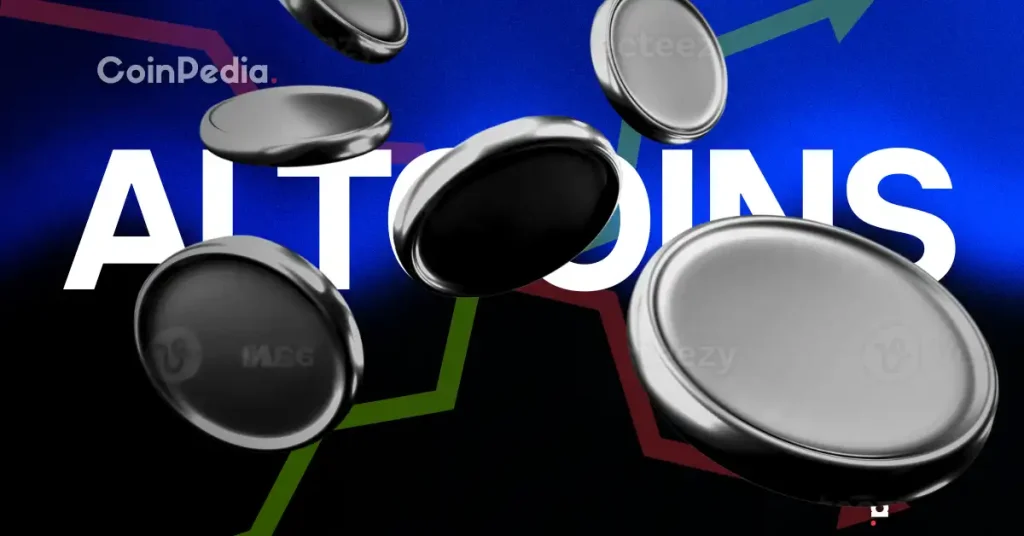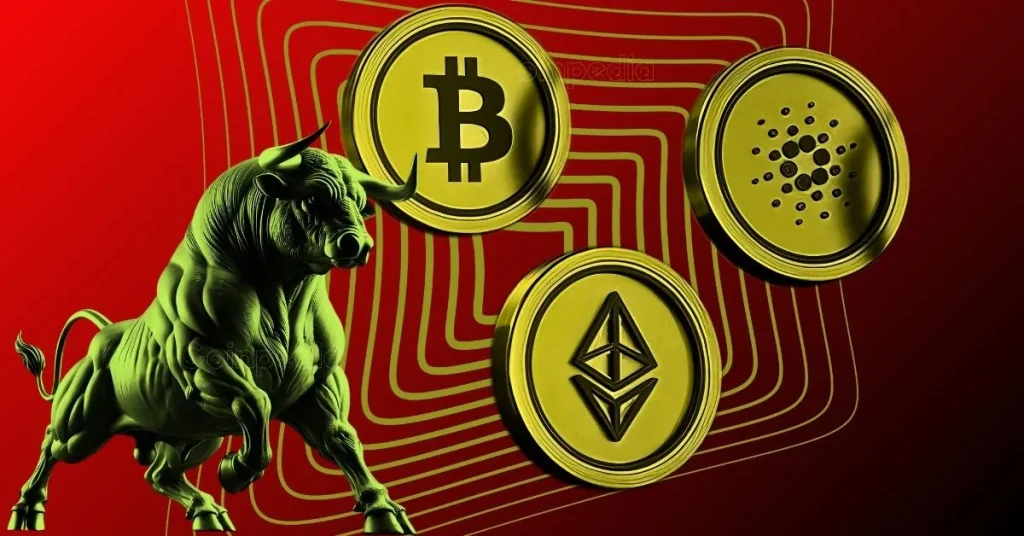The decentralized finance (DeFi) sector has witnessed a remarkable rise in fee revenues, reaching around $600 million in September, a significant jump from $340 million in March. This growth indicates a pivotal shift in DeFi protocols’ strategic focus towards sustainable expansion models. With mounting interest from financial institutions, these platforms are evolving to bolster their appeal by refining their economic frameworks. Insights indicate that key players like Uniswap, Aave, and Ethena are instrumental in driving this upward trend. A notable pivot is occurring towards revenue-based tokenomics, moving away from the previously rampant speculative approaches.
What Fuels the Rising Revenue in DeFi?
The increase in revenues is driven by a reevaluation of tokenomics, focusing on tying revenue directly to tokens, which promises enhanced long-term stability. Aave is at the forefront of this shift towards sustainable revenue frameworks. Implementing practices like buyback programs, which are modeled on traditional financial indicators, has gained quick popularity, with Ethena and Ether.fi adopting similar tactics. Such strategies resonate well with institutions accustomed to conventional finance, potentially leading to increased investments.
Is DeFi’s Total Value Locked on the Rise?
Indeed, the total value locked (TVL) in DeFi has climbed to approximately $174 billion, reflecting the zeniths seen in 2021. This resurgence is fueled by diversified ecosystems like Solana and innovation within platforms such as Aave. Solana’s recent improvements are designed to enhance performance, offering developers and users a more effective experience.
Decentralized perpetuals are also contributing to this positive trajectory, with significant investments providing liquidity to protocols like Hyperliquid, which maintains a substantial market share. The sector’s focus on sustainable features and mass appeal over immediate profit is underscored by this development.
Challenges persist, as demonstrated by Aster, a promising decentralized exchange (DEX) that faced challenges surrounding the authenticity of its trading volumes. Such instances emphasize the ongoing obstacles within DeFi, affecting investor trust and overall credibility of the sector. Aster’s case highlights the critical need for transparency.
A spokesperson from Uniswap remarked,
“We observe a steady adaptation in market strategies, which reflects a maturing DeFi landscape.”
Another leading voice from Aave stated,
“Balancing innovation and sustainability has become crucial as more traditional investors enter the space.”
- Fee revenue rose by 76% to $600 million in September.
- Aave drives the trend towards sustainable revenue models.
- Solana’s enhancements aim for superior performance.
- Hyperliquid leads with significant market share in decentralized perpetuals.
As the DeFi sector aligns further with institutional frameworks, the importance of integrated financial mechanisms grows. The future trajectory involves cultivating aspects that cater safely to both novice and veteran investors, ensuring the sector’s enduring health. While the surge points to an optimistic future, maintaining transparency and legal compliance remains critical to sustaining momentum. Grasping these dynamics is crucial for those interested in DeFi’s potential to reshape the financial sector.
Disclaimer: The information contained in this article does not constitute investment advice. Investors should be aware that cryptocurrencies carry high volatility and therefore risk, and should conduct their own research.
















 English (US)
English (US)